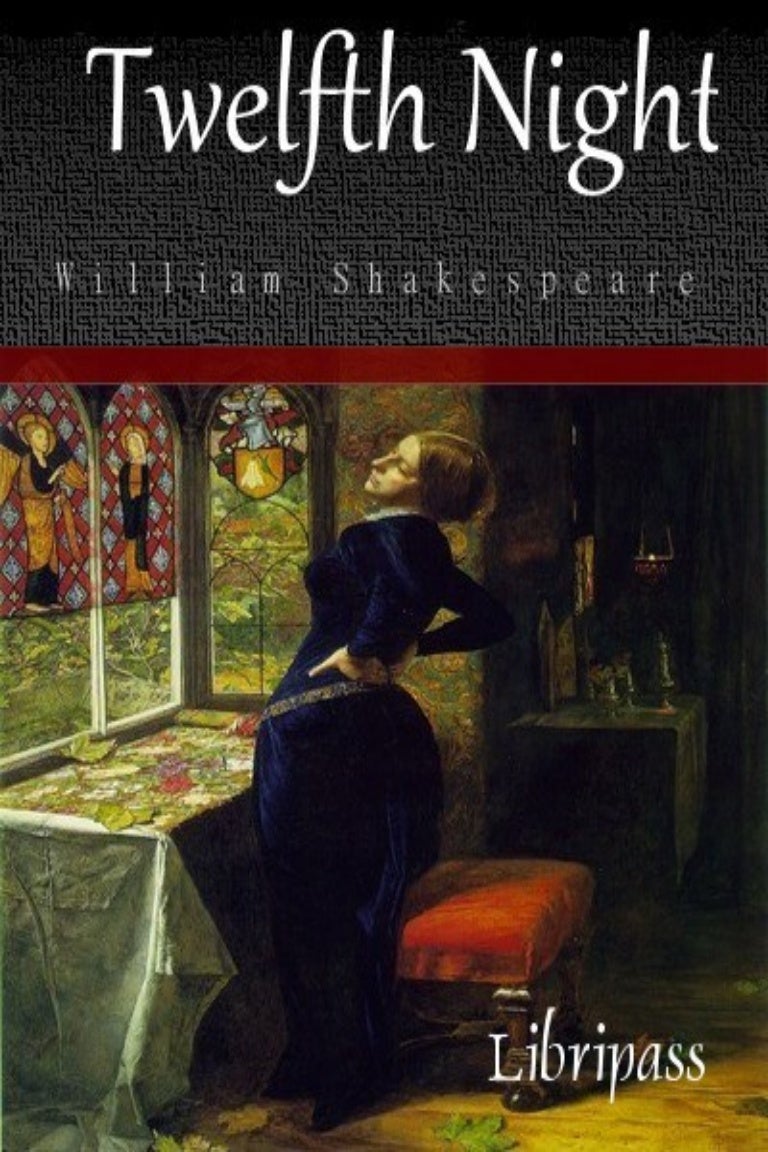
Sir Toby, Sir Andrew, and Maria plan revenge on Malvolio. Malvolio and Sir Toby (from William Shakespeare's 'Twelfth Night', Act II, scene iii), George Clint (c.1833) In the meantime, Viola has fallen in love with Duke Orsino, creating a love triangle: Viola loves Duke Orsino, Duke Orsino loves Olivia, and Olivia loves Viola disguised as Cesario. Olivia, however, falls in love with 'Cesario', setting her at odds with her professed duty. Duke Orsino then uses 'Cesario' as an intermediary to profess his passionate love before Olivia.

She refuses to see entertainments, be in the company of men, or accept love or marriage proposals from anyone, the Duke included, until seven years have passed. Duke Orsino has convinced himself that he is in love with Olivia, who is mourning the recent death of her brother.

She has lost contact with her twin brother, Sebastian, whom she believes to be drowned, and with the aid of the Captain, she disguises herself as a young man under the name Cesario and enters the service of Duke Orsino.

Viola is shipwrecked on the coast of Illyria and she comes ashore with the help of a captain. The play was not published until its inclusion in the 1623 First Folio.Ī depiction of Olivia by Edmund Leighton from The Graphic Gallery of Shakespeare's Heroines The first documented public performance was on 2 February 1602, at Candlemas, the formal end of Christmastide in the year's calendar. The play expanded on the musical interludes and riotous disorder expected of the occasion, with plot elements drawn from the short story "Of Apollonius and Silla" by Barnabe Rich, based on a story by Matteo Bandello. Upon meeting Viola, Countess Olivia falls in love with her thinking she is a man.

Viola (who is disguised as Cesario) falls in love with the Duke Orsino, who in turn is in love with Countess Olivia. The play centres on the twins Viola and Sebastian, who are separated in a shipwreck. Twelfth Night, or What You Will is a romantic comedy by William Shakespeare, believed to have been written around 1601–1602 as a Twelfth Night's entertainment for the close of the Christmas season. Scene from 'Twelfth Night' (' Malvolio and the Countess'), Daniel Maclise (1840)


 0 kommentar(er)
0 kommentar(er)
